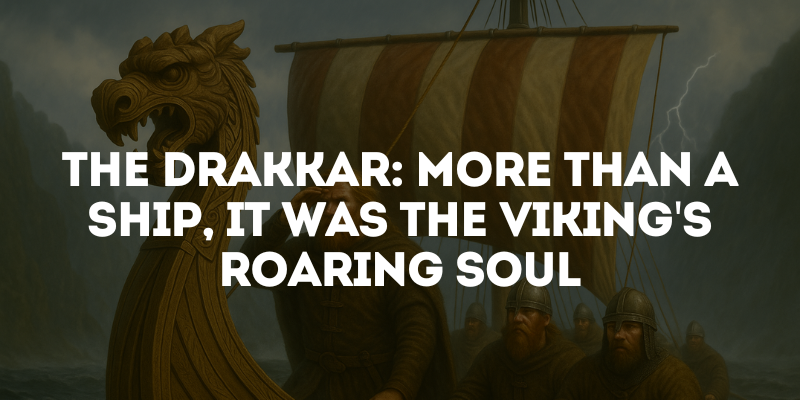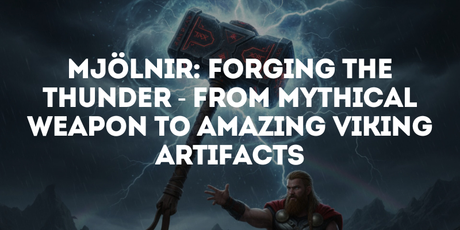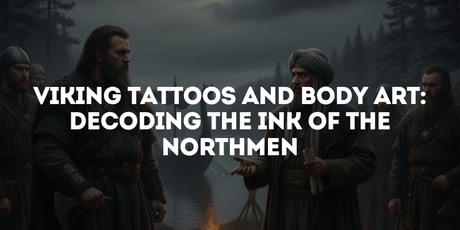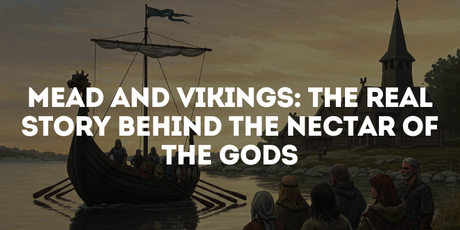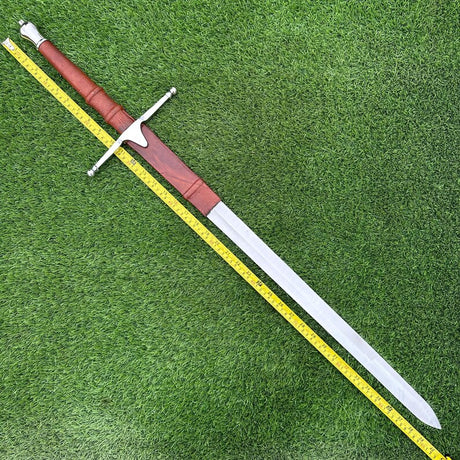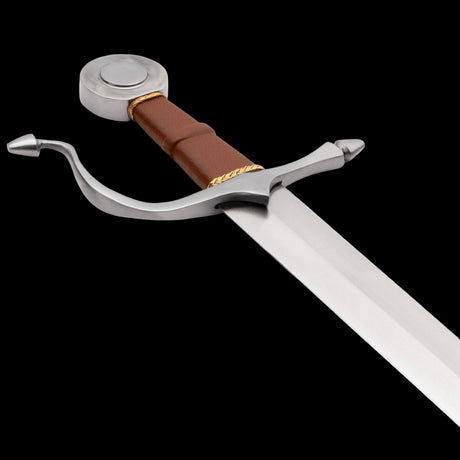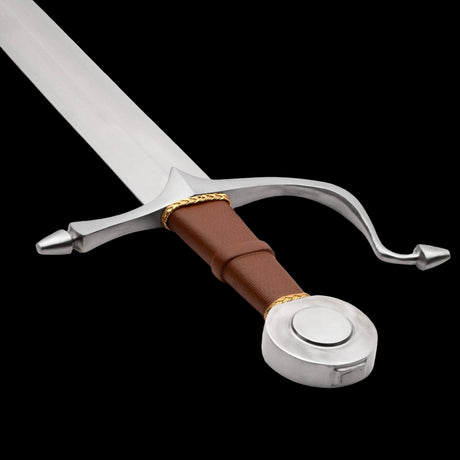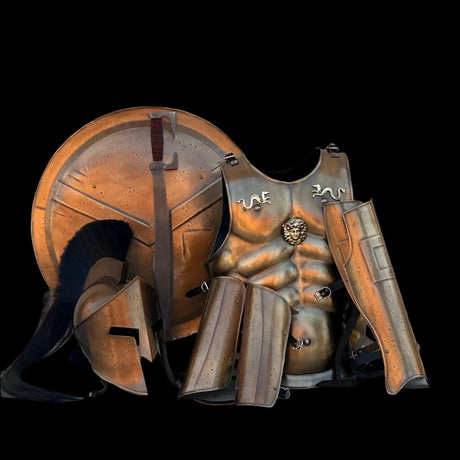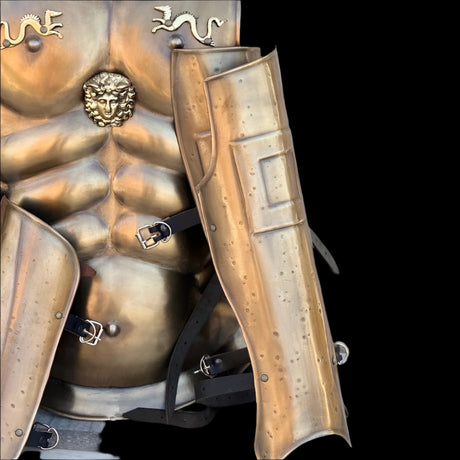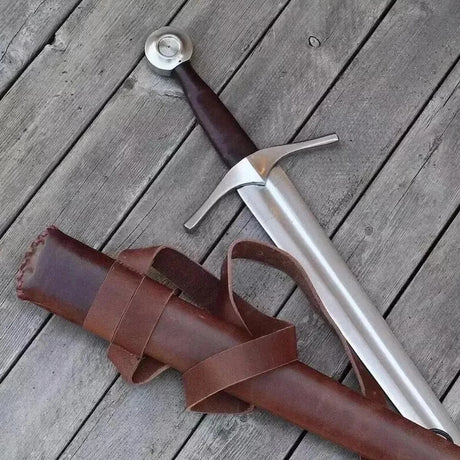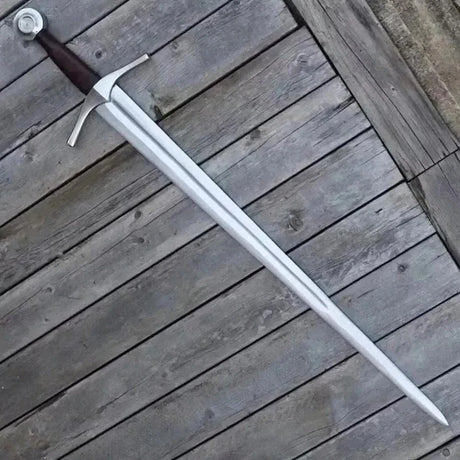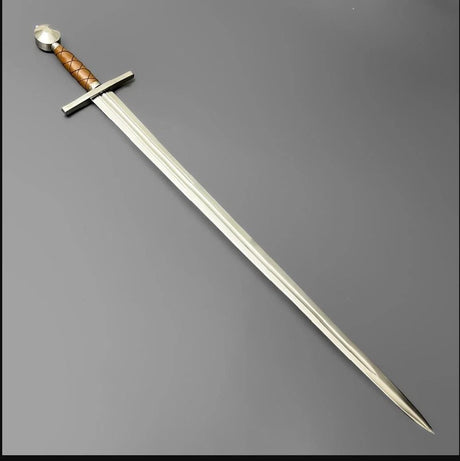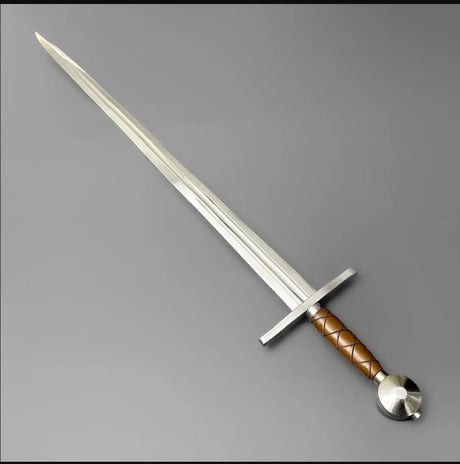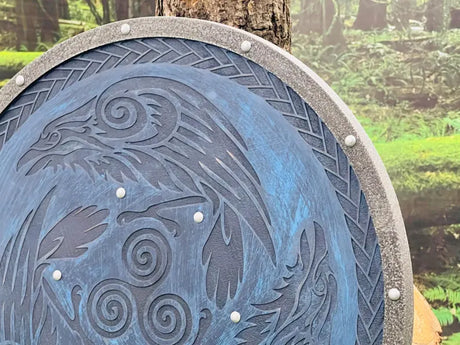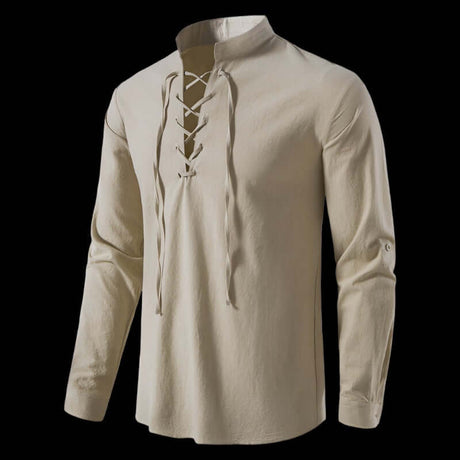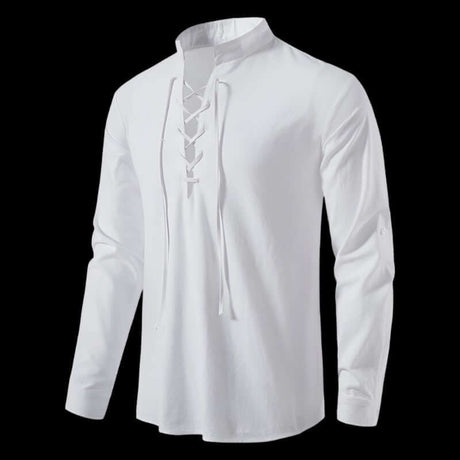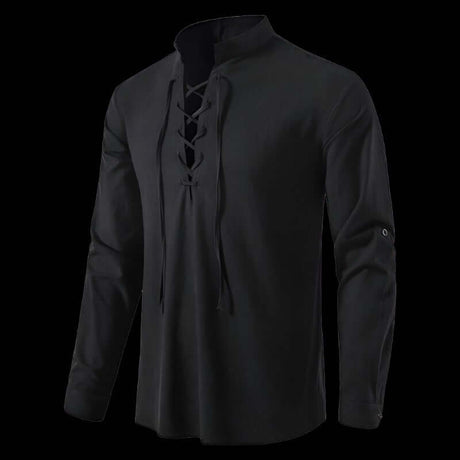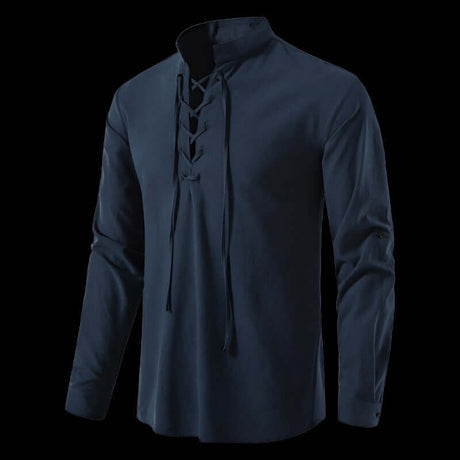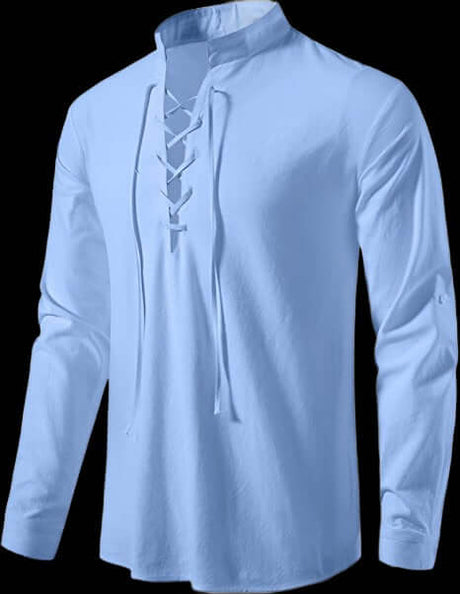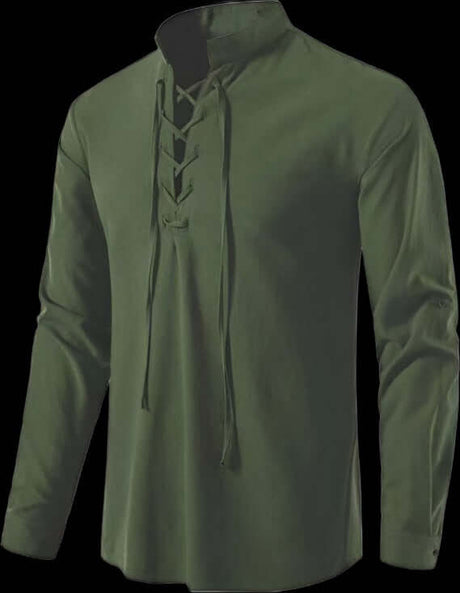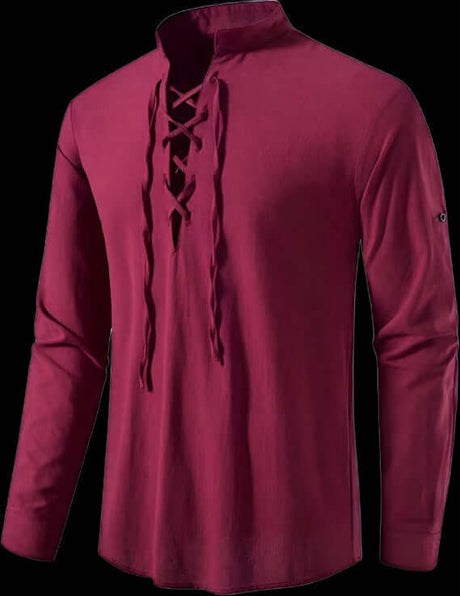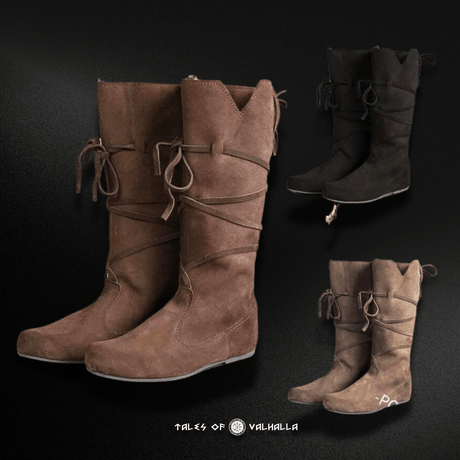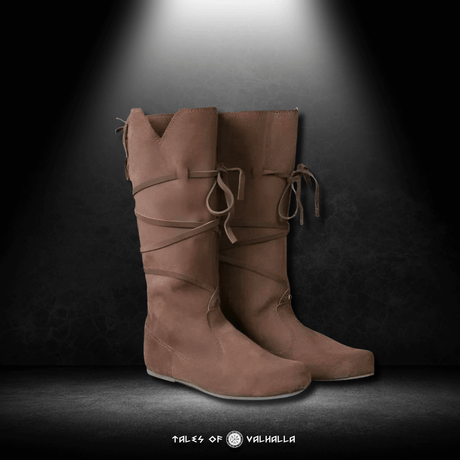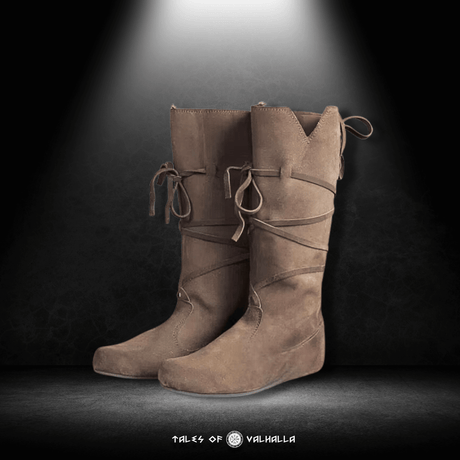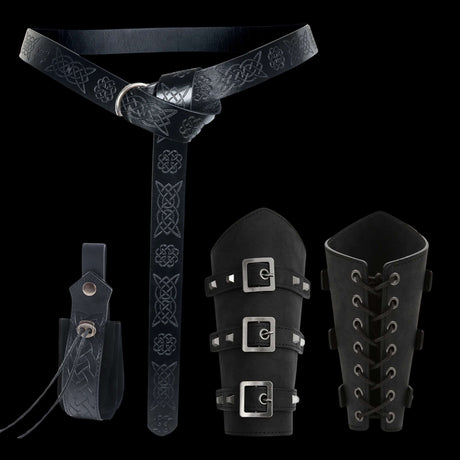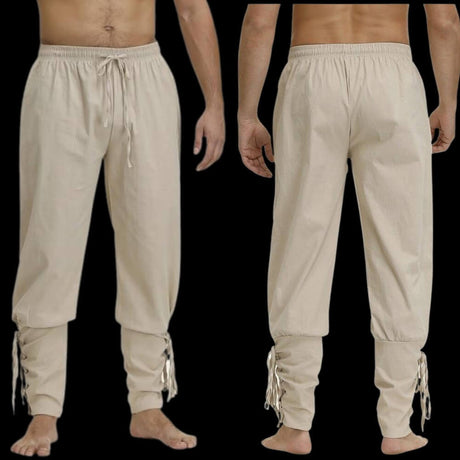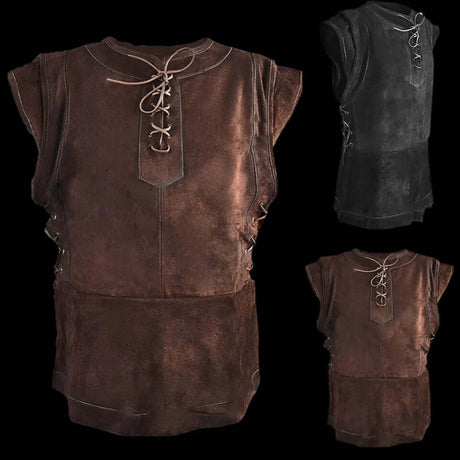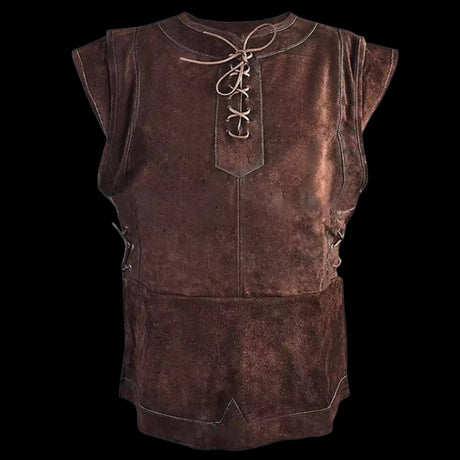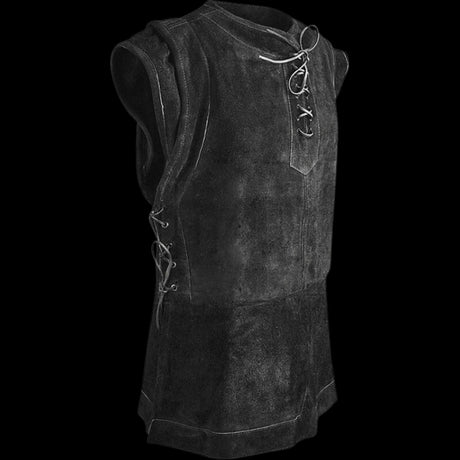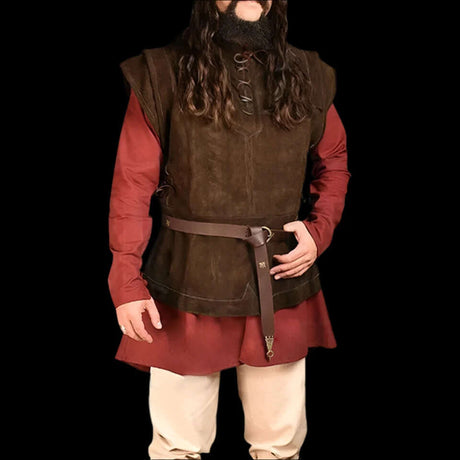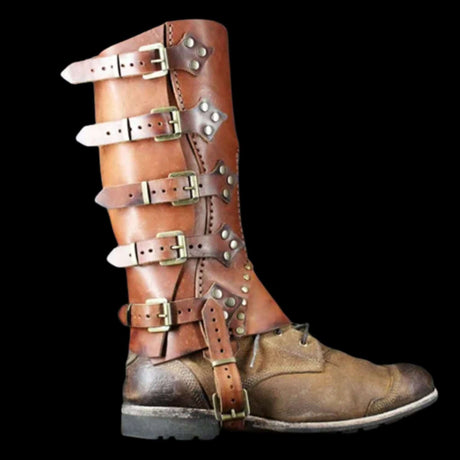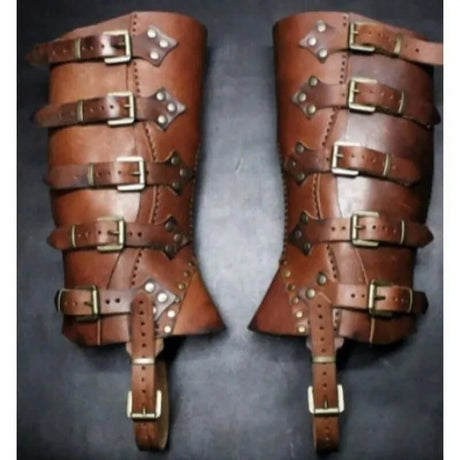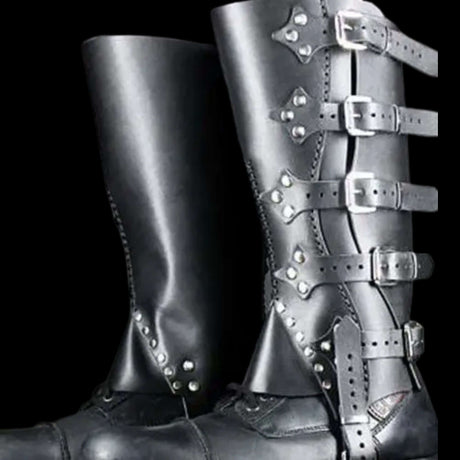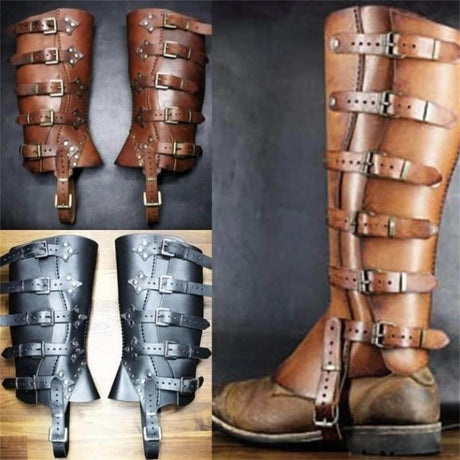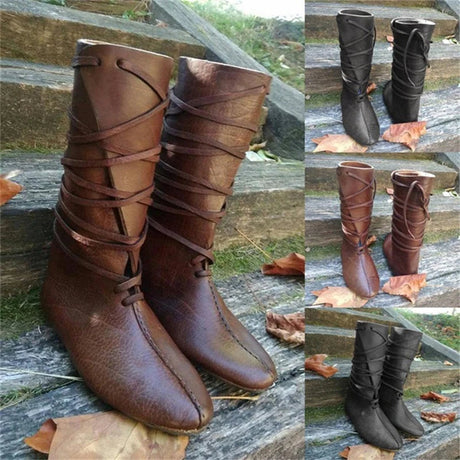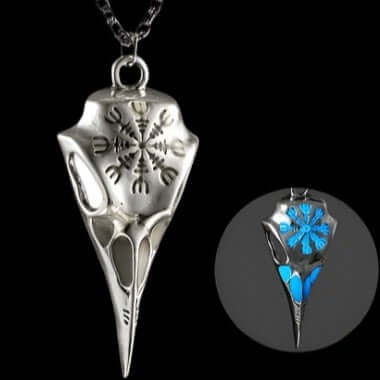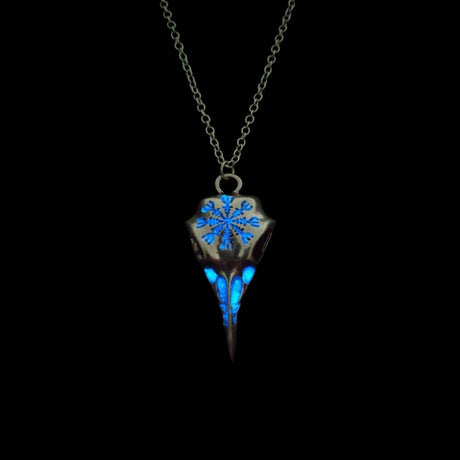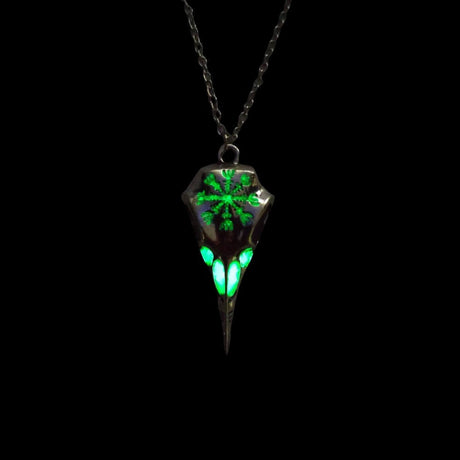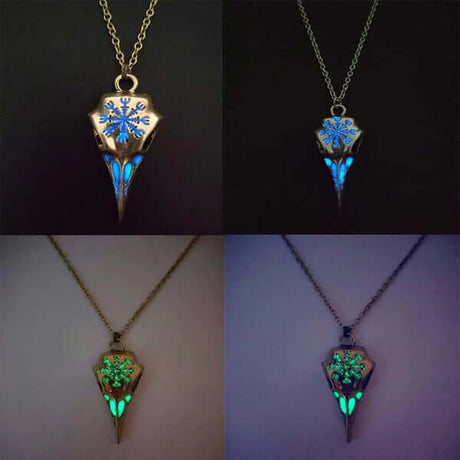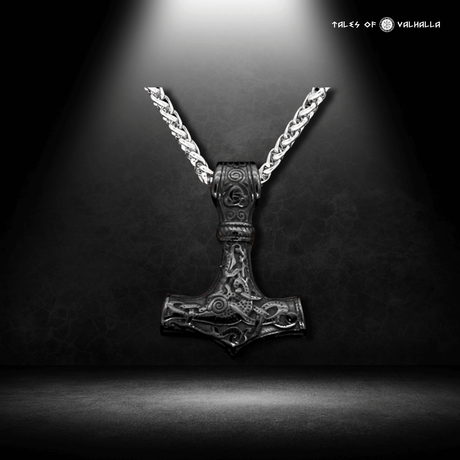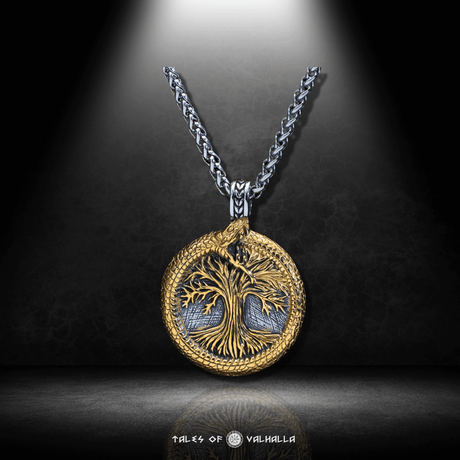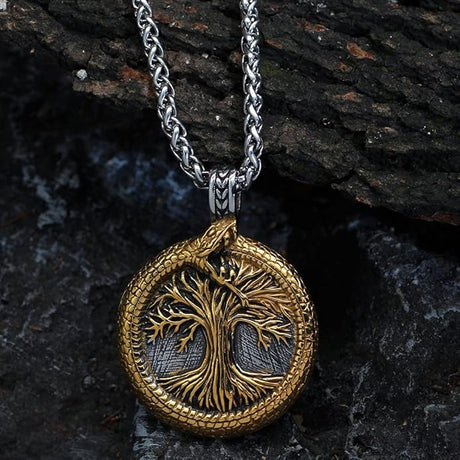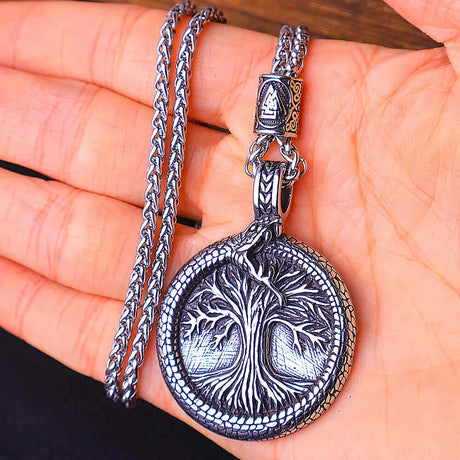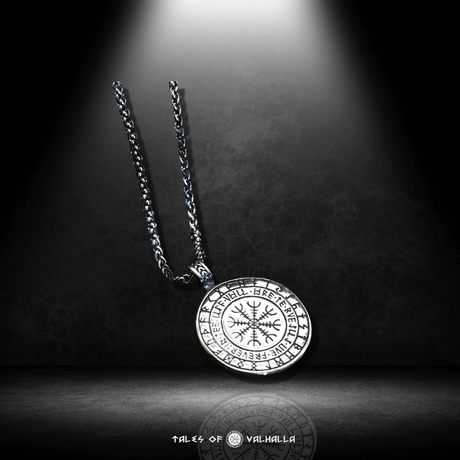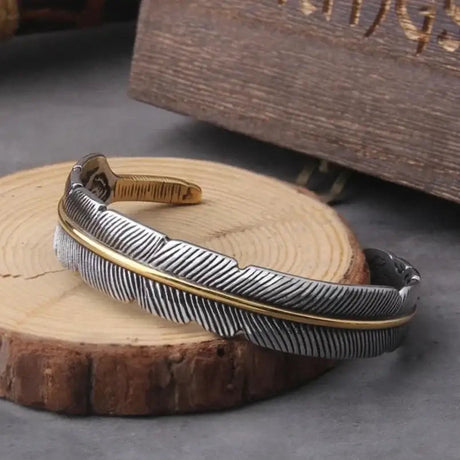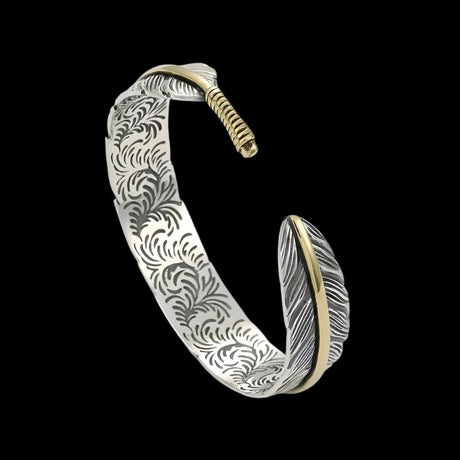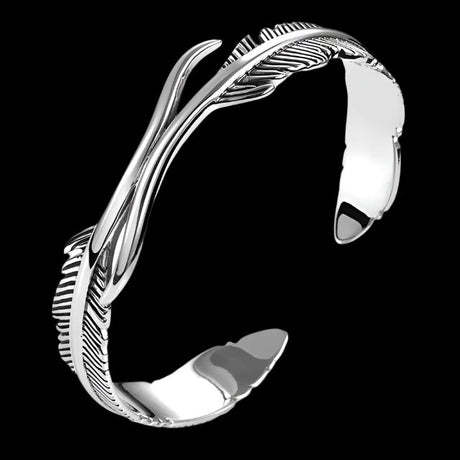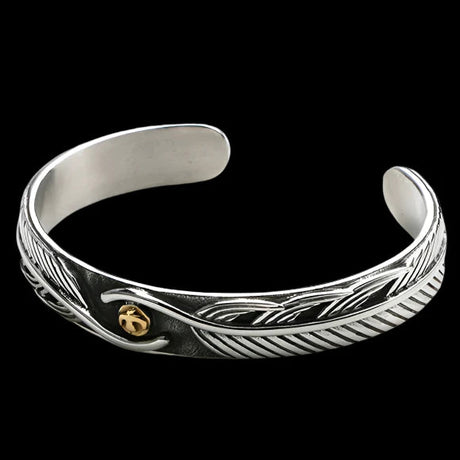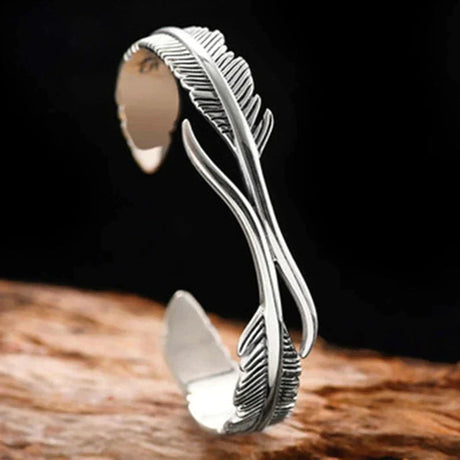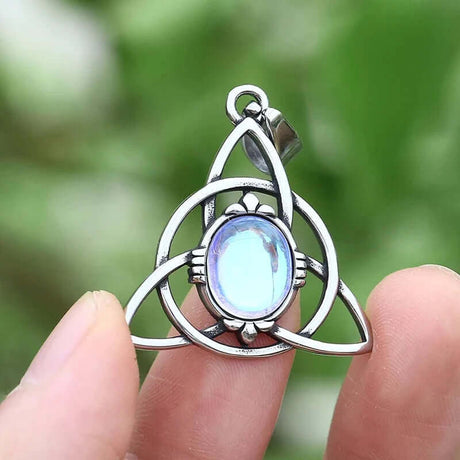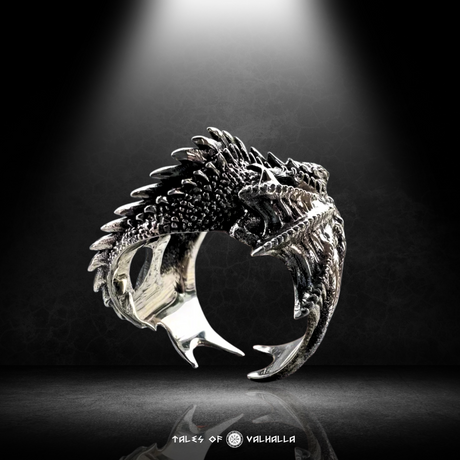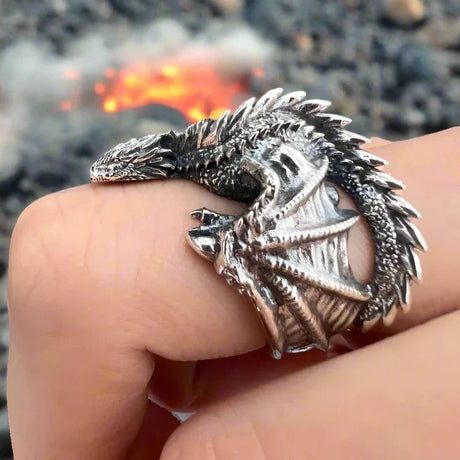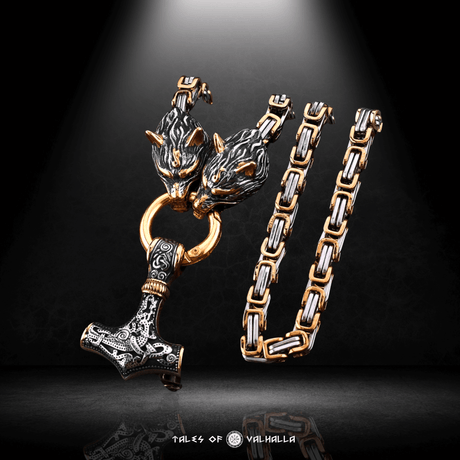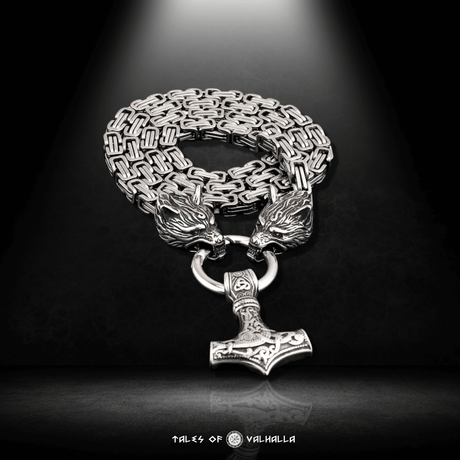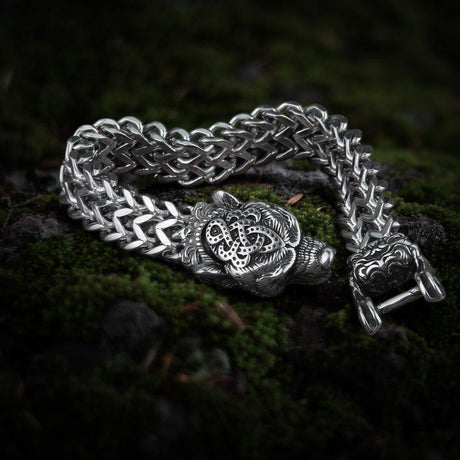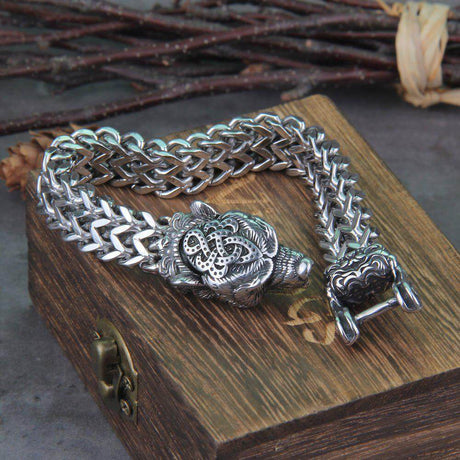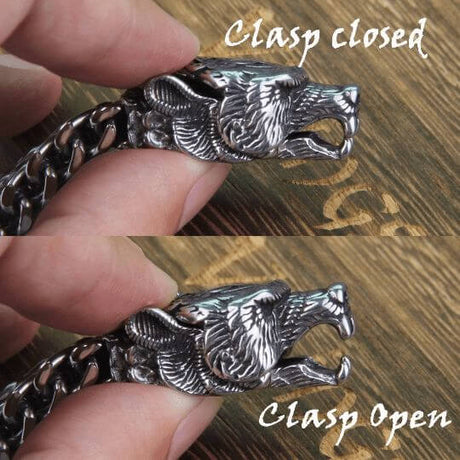The silhouette is unmistakable: a sleek, powerful vessel, its prow adorned with a fearsome dragon head, cutting through misty waters towards an unsuspecting shore. This is The Drakkar, the legendary dragon ship of the Vikings, an image that has become synonymous with Norse seafaring prowess, terror, and exploration. But what does The Drakkar mean in Vikings' world? Was it just a type of longship, or did it embody something far more profound?
To truly understand The Drakkar, we must look beyond its timbers and sails. It was a masterpiece of naval engineering, a potent weapon of war, a symbol of immense power and prestige, and a deeply ingrained element of Viking culture and mythology. This exploration will delve into the heart of The Drakkar, examining its construction, its multifaceted roles, the potent symbolism of its iconic dragon head, and its enduring legacy that continues to captivate the modern imagination in the United States and across the globe.
What Exactly is "The Drakkar"? Defining the Dragon Ship
While the term "longship" is often used generically to describe Viking vessels, The Drakkar refers to a specific and highly significant class of these ships.

Etymology: The "Dragon-Ship"
The name "Drakkar" itself offers the first clue. It is derived from the Old Norse word Dreki (plural: Drekar), meaning "dragon" or "serpent," combined with a word related to ships, likely Karr (a type of vehicle or cart, sometimes used for ships) or influenced by the general term skip (ship). Thus, The Drakkar literally translates to "Dragon Ship." This name immediately sets it apart and hints at its fearsome reputation.
Not All Longships Were Drakkars: A Matter of Prestige
It's crucial to understand that not every Viking longship was The Drakkar. The Vikings built various types of longships for different purposes, including:
- Karvi: Smaller, versatile ships for coastal travel and smaller raids, often with around 13 rowing benches.
- Snekkar ("Snake-ship"): A common warship, sleeker and faster, perhaps with 20 rowing benches.
- Skeid ("That which cuts through water"): Larger warships, often with 30 or more rowing benches, capable of carrying a significant number of warriors.
The Drakkar was typically among the largest and most elaborately decorated of these warships, usually a Skeid type, distinguished by its prominent, terrifying dragon or serpent head carved onto the prow (and sometimes the stern). Owning and commanding The Drakkar was a mark of immense wealth, power, and status, usually reserved for chieftains, kings, and highly successful Viking leaders.
The Defining Feature: The Fearsome Prow
The most striking and defining characteristic of The Drakkar was its intricately carved prow, shaped like the head of a dragon or a monstrous sea serpent. This wasn't mere decoration; it was a potent symbol and a psychological weapon. The stern might also be carved, often representing the creature's tail.
Masterpieces of Naval Engineering: The Construction of The Drakkar
The Drakkar, like other Viking longships, was a marvel of naval architecture for its time, perfectly adapted to the demands of raiding, trading, and exploration across the treacherous North Atlantic and European rivers.
Clinker-Built Hulls: Strength and Flexibility
Viking shipbuilders employed the "clinker" (or lapstrake) method of hull construction.
- Overlapping Planks: This involved overlapping long, thin planks of wood (usually oak, sometimes pine or ash) and riveting them together with iron rivets and roves (washers).
- Lightness and Strength: This technique created a hull that was both remarkably strong and surprisingly flexible, allowing The Drakkar to withstand the stresses of rough seas and to "ride" the waves rather than rigidly crashing through them.
- Caulking: The gaps between planks were caulked with animal hair, wool, or moss mixed with tar or resin to make the hull watertight.
Shallow Draft: The Raider's Advantage
A key feature of The Drakkar and other longships was their shallow draft, meaning the hull didn't extend very deep below the waterline.
- Navigating Rivers and Coastlines: This allowed them to navigate shallow rivers, estuaries, and coastal waters, enabling Vikings to strike deep inland, far from established sea defenses. The Drakkar could appear almost anywhere.
- Beach Landings: The shallow draft also meant The Drakkar could be easily beached, allowing for rapid disembarkation of warriors directly onto enemy shores.
Long and Narrow Design: Speed and Maneuverability
The Drakkar was typically long and narrow, a design optimized for speed and agility.
- Hull Ratios: Ratios of length to beam (width) could be as high as 7:1 or even more.
- Cutting Through Water: This sleek design allowed The Drakkar to cut through the water with minimal resistance, achieving impressive speeds under sail or oar.
Sail and Oar Power: Versatility in Propulsion
The Drakkar was a true hybrid, capable of being propelled by both sail and oars.
- Single Square Sail: A large, square sail made of wool or linen provided the primary means of propulsion for long-distance voyages.
- Oars for Maneuvering and Calm: Oars provided power in calms, for maneuvering in tight spaces like fjords or rivers, and for bursts of speed during attacks or retreats. A large Drakkar could have 30 or more pairs of oars.
The Mighty Keel: A Norse Innovation
The development of the true keel was a significant Norse innovation that greatly improved the sailing capabilities of The Drakkar.
- Stability and Direction: The keel, a long timber running along the centerline of the hull's bottom, provided stability, reduced leeway (sideways drift when sailing against the wind), and allowed the ship to sail closer to the wind.
- Strength: It also added considerable longitudinal strength to the hull of The Drakkar.
Story Vignette 1: The Forging of "Sea-Serpent" In the bustling shipyard of Jarl Thorkell, the air rang with the rhythmic clang of hammers and the scent of pine tar and freshly hewn oak. For months, the shipwrights, led by the aged master builder Finn, had toiled, their hands shaping what would be the Jarl’s new pride: a magnificent Drakkar. Finn, his eyes as keen as any hawk’s, oversaw every detail. He selected the finest oak trees, ensuring their grain was straight and true. He directed the overlapping of the planks, the careful riveting, the caulking that would keep the sea at bay. But his greatest pride was the prow. For weeks, he and his best carvers had worked, transforming a massive block of oak into a terrifying dragon head, its eyes inlaid with polished amber, its fangs bared in a silent roar, scales shimmering with dark paint. This wasn't just a ship; it was "Sæormr" (Sea-Serpent), a future legend. The Jarl himself came daily to observe, knowing this Drakkar would carry his reputation and his warriors to distant shores, a vessel worthy of his Ruling Legacy.
The Dragon's Purpose: Roles of The Drakkar in the Viking Age
The Drakkar was a versatile vessel, but its design and fearsome appearance point to its primary roles.
A War Machine: The Spearhead of Viking Raids
This is the most enduring image of The Drakkar: a vessel carrying a band of fierce warriors to raid unsuspecting coastlines.
- Transporting Warriors: The Drakkar could carry a large contingent of warriors (from 50 to over 100, depending on size), delivering them swiftly to their target.
- Intimidation Factor: The dragon prow was a key element of psychological warfare, designed to strike fear into the hearts of those who saw it approaching.
- Surprise Attacks: Its speed and ability to navigate shallow waters allowed for surprise attacks, a hallmark of Viking raiding tactics.
A Vessel of Exploration and Discovery
While raiding was prominent, The Drakkar and similar longships also carried Vikings on incredible voyages of exploration.
- Navigating the North Atlantic: These ships took Vikings to Iceland, Greenland, and even the shores of North America (Vinland), navigating treacherous open waters.
- Riverine Journeys: Their shallow draft allowed them to penetrate deep into the river systems of Europe, reaching as far as the Black Sea and the Caspian Sea, facilitating trade and sometimes conquest.
A Symbol of Power and Prestige: The Chieftain's Flagship
Owning and commanding a large, well-decorated Drakkar was a significant display of a chieftain's or king's wealth, power, and status.
- Cost of Construction: Building and maintaining such a vessel required considerable resources and skilled labor.
- Flagship: The Drakkar often served as the flagship of a fleet, carrying the leader and his elite warriors, its impressive prow a symbol of his authority.
- Center of the Community: For the community that built and crewed it, The Drakkar could be a source of immense pride and a focal point of their collective identity.
Ceremonial Significance: Funerals and Rituals
The importance of ships, including those resembling The Drakkar, extended even into death.
- Ship Burials: The most famous examples are the Oseberg and Gokstad ship burials in Norway, where high-status individuals were interred within their actual ships, surrounded by rich grave goods. While these specific ships might not have been full-fledged "battle Drakkars" with towering dragon prows, they demonstrate the profound cultural and religious significance of ships as vessels for the afterlife journey. A great chieftain might well have desired his Drakkar to be his final resting place.
- Symbolic Use: Ships were integral to Norse mythology (e.g., Naglfar, the ship made of dead men's nails, or Skíðblaðnir, Freyr's magical ship). It's plausible that actual ships, or their representations, played roles in religious ceremonies or festivals.
The Power of the Prow: Symbolism of the Dragon Head on The Drakkar
The carved dragon or serpent head on the prow of The Drakkar was far more than mere decoration. It was imbued with multiple layers of meaning and purpose.

The Power of the Prow: Symbolism of the Dragon Head on The Drakkar
Warding Off Evil Spirits and Appeasing Land Wights
The Vikings believed in a world teeming with spirits, both benevolent and malevolent.
- Apotropaic Magic: The fearsome dragon head was believed to act as an apotropaic symbol, warding off evil sea spirits, monsters (like the Kraken or Jörmungandr, though confronting the latter was likely not desired!), and ill fortune during voyages.
- Landvættir (Land Spirits): Icelandic law codes mention that Vikings were supposed to remove the dragon heads from their ships when approaching their own shores or friendly lands, so as not to frighten or offend the local landvættir (land spirits). This implies a belief in the prow's potent, almost living, presence. When approaching enemy shores, however, this frightening aspect of The Drakkar was deliberately displayed.
Psychological Warfare: Instilling Fear in Enemies
This is perhaps the most cited function of the dragon prow.
- Terror from the Sea: Imagine seeing a fleet of The Drakkar ships emerging from the mist, each with a grotesque, snarling dragon head rearing up, shields lining the gunwales, and the glint of steel. The psychological impact on coastal communities would have been immense, sowing panic even before the Vikings landed.
- Symbol of Ferocity: The dragon was a symbol of destructive power and ferocity in Norse mythology. The prow of The Drakkar communicated the aggressive intent and fighting spirit of its crew.
Connection to Norse Mythology and Beliefs
Dragons and serpents were powerful figures in Norse lore.
- Jörmungandr, the Midgard Serpent: This colossal serpent encircled the world, a force of primal chaos.
- Fafnir: The dwarf who transformed into a dragon to guard his cursed treasure, famously slain by Sigurd.
- Níðhöggr: The dragon/serpent that gnaws at the roots of Yggdrasil. By adorning The Drakkar with such imagery, Vikings were perhaps trying to harness or identify with these powerful, often terrifying, chthonic forces, or at least project an image of commanding such power.
Status, Identity, and Craftsmanship
The quality and artistry of the dragon prow also served as a status symbol.
- A Master Carver's Work: A beautifully carved and painted dragon head showcased the wealth of the owner who could commission such work and the skill of the artisan.
- Identifying a Chieftain's Ship: The unique design of a prow could help identify a specific chieftain's Drakkar from afar, much like a personal banner.
Story Vignette 2: The Dragon's Gaze A young monk at the coastal monastery of Lindisfarne awoke to screams. He stumbled outside, his heart pounding, and froze. Emerging from the dawn mist, like nightmares given form, were the sleek, dark shapes of longships. At the prow of the foremost vessel, The Drakkar of a feared Jarl, a monstrous dragon head, carved from dark wood and painted with glaring eyes and bared fangs, seemed to writhe and snarl as it cut through the waves. Its gaze promised fire and ruin. The monk felt a primal terror grip him, a sense of doom personified by that fearsome figurehead. This was not just a ship; it was a harbinger of destruction, the very soul of the Viking raid made manifest.
Archaeological Echoes: Famous Viking Ships and The Drakkar Legacy
Our understanding of The Drakkar and other Viking ships is greatly enriched by remarkable archaeological discoveries.
The Oseberg Ship (c. 820 AD)
Discovered in a large burial mound in Norway, the Oseberg ship is one of the best-preserved Viking ships ever found.
- Elaborate Carvings: While its prow is a spiral serpent rather than a full dragon head, the ship is covered in intricate animal-style carvings, showcasing the incredible artistry of Viking woodworkers. It demonstrates the potential for such elaborate decoration on The Drakkar.
- Royal Burial: It served as the burial ship for two high-status women, indicating the immense cultural importance of ships.
The Gokstad Ship (c. 890 AD)
Another well-preserved ship from a Norwegian burial mound, the Gokstad ship is a robust, seaworthy vessel.
- Clinker Construction: A prime example of clinker shipbuilding, showcasing its strength and flexibility.
- Size and Capacity: Approximately 76 feet long, it could carry a substantial crew and was clearly built for open sea voyages, fitting the profile of a warship like The Drakkar.
The Skuldelev Ships (c. 1030-1070 AD)
A collection of five Viking ships deliberately sunk in Roskilde Fjord, Denmark, to block a waterway.
- Skuldelev 2: A long, slender warship, around 98 feet long, believed to be a Skeid type, very much in line with descriptions of The Drakkar. It was built in Dublin around 1042 and could carry 60-80 warriors. Reconstructions have shown it to be incredibly fast.
- Variety of Types: The Skuldelev finds also include cargo ships (Knarrs), highlighting the diversity of Viking shipbuilding for different purposes.
Table: Comparison of Key Viking Ship Finds
These finds confirm the descriptions of longships found in sagas and provide invaluable data on the construction and capabilities of vessels like The Drakkar.
The Fading of The Drakkar: The End of an Era
Like the Viking Age itself, the era of The Drakkar eventually came to an end.
- Evolution of Shipbuilding: As naval technology evolved in Europe, different ship designs emerged, offering advantages in cargo capacity or different types of warfare (e.g., ships built for ramming or carrying more siege equipment).
- Decline of Large-Scale Raiding: As European kingdoms became more centralized and better defended, the opportunities and profitability of large-scale Viking raids diminished. The need for massive warships like The Drakkar decreased.
- Shift in Warfare: Land-based warfare and sieges became more common, requiring different types of military strategies and equipment.
- Christianization: While not a direct cause, the shift in cultural and religious focus with Christianization might have subtly influenced the decline of overt pagan symbols like the fearsome dragon prows, though this is speculative and dragon motifs continued in Christian art.
Conclusion
The Drakkar was far more than a Viking ship—it was a powerful symbol of identity. It represented Norse ingenuity, naval mastery, warrior spirit, and artistic soul. These dragon-headed vessels carried the Vikings across oceans, into battle, and into legend.
At Tales of Valhalla, we see the Drakkar as more than history—it’s a lasting icon of the Viking Age. Though its sails no longer catch the wind, its legacy endures, reminding us of a time when these majestic ships ruled the northern seas and shaped the course of history.
6 FAQs
1. Q: What exactly was a Viking Drakkar?
A: The Drakkar (from Old Norse Dreki for "dragon") was a specific type of large Viking longship, typically a warship (often a Skeid class), distinguished by its fearsome, intricately carved dragon or serpent head prow. It was a symbol of power and prestige, usually owned by chieftains and kings.
2. Q: Why did The Drakkar ships have dragon heads on their prows?
A: The dragon head on The Drakkar served multiple purposes: it was a potent tool for psychological warfare meant to instill fear in enemies; it was believed to ward off evil sea spirits and protect the ship; it symbolized the power and status of its owner; and it connected the vessel to powerful mythological beasts from Norse lore.
3. Q: Were all Viking longships called Drakkars?
A: No. The Drakkar was a specific and usually high-status type of longship characterized by its dragon prow. Vikings had various other types of longships for different purposes, such as the smaller Karvi, the common Snekkar warship, and the larger Skeid warship (which The Drakkar often was).
4. Q: What made The Drakkar ships so effective for the Vikings?
A: The Drakkar (and Viking longships in general) were engineering marvels. Key features included their clinker-built hulls (strong yet flexible), shallow draft (allowing river navigation and beach landings), long and narrow design (for speed and maneuverability), and the combination of sail and oar power for versatility in various conditions.
5. Q: What were The Drakkar ships primarily used for?
A: The Drakkar ships were primarily used as warships for raiding, transporting large numbers of warriors, and intimidating enemies. They were also vessels for exploration on long sea voyages and served as powerful symbols of their owner's wealth, status, and authority. Some were even used in ceremonial contexts, such as ship burials.
6. Q: How do we know what The Drakkar ships looked like?
A: Our knowledge of The Drakkar and Viking longships comes from several sources: remarkably well-preserved archaeological finds like the Oseberg, Gokstad, and particularly the Skuldelev 2 ships (a large warship fitting the Drakkar description); descriptions in Old Norse sagas and poetry; and contemporary depictions on runestones and picture stones.

